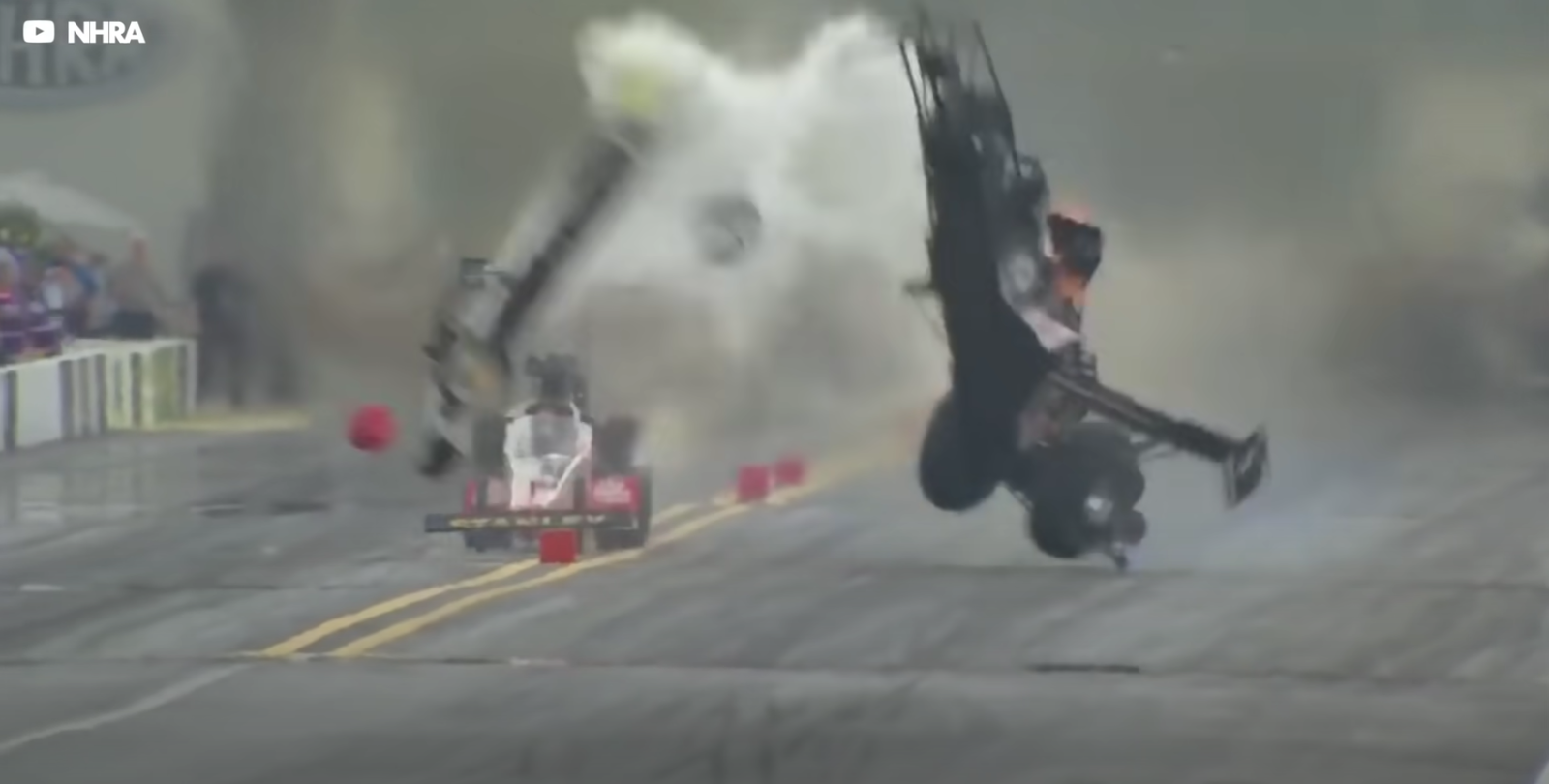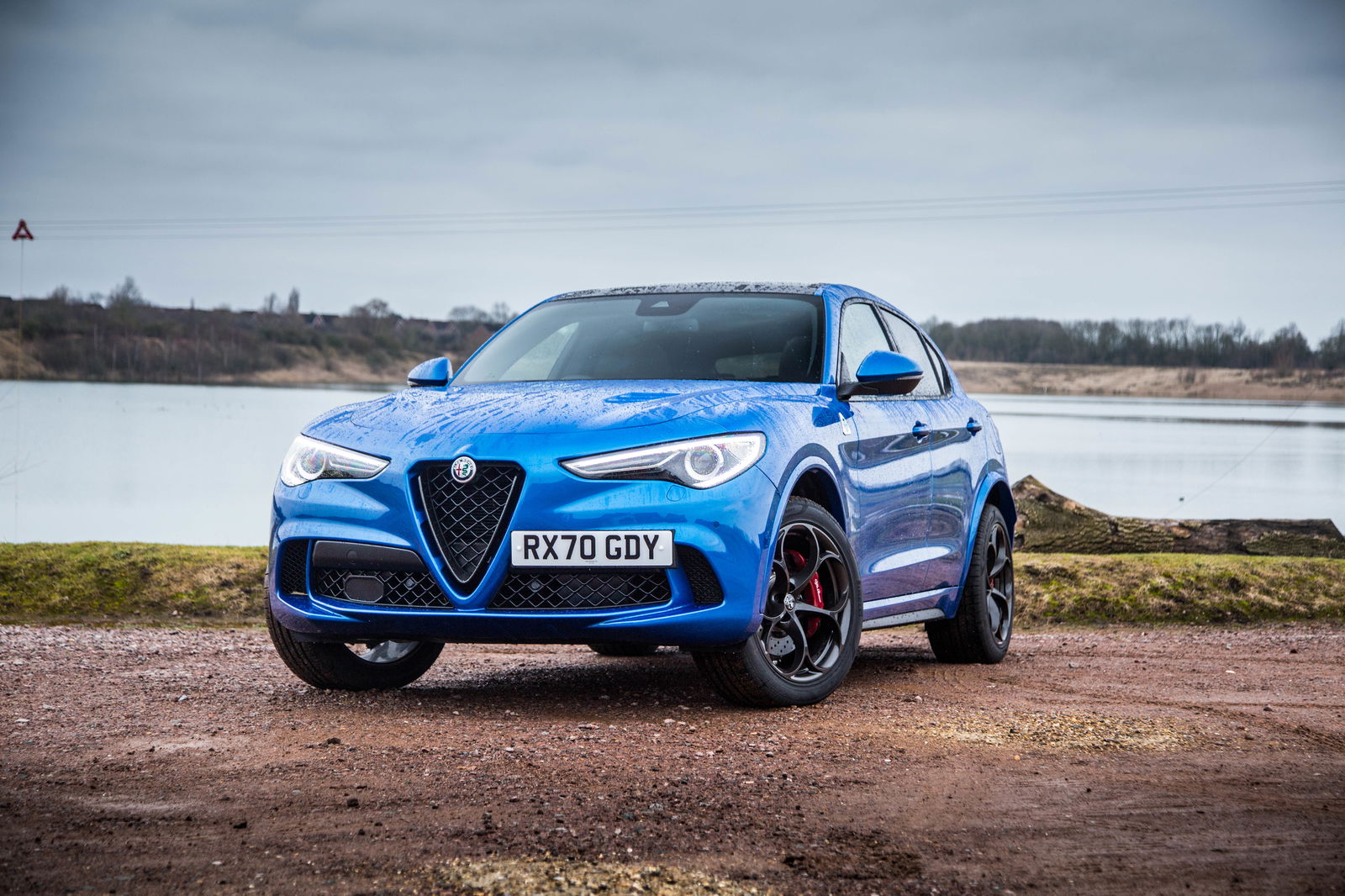What Causes Dragsters To Split In Two, And How Engineers Try To Stop It From Happening
Top Fuel dragsters are downright terrifying. They develop 10,000bhp, can pull 5G in acceleration forces, and are usually doing over 300mph by the time they’ve covered a thousand feet. Sometimes, though, they don’t make it to the finish line.
The car might wheelie as it makes its way down the strip, which can lead to a terrifying backflip. Occasionally, these things can snap clean in two.
As racer turned driver coach Scott Mansell explains on his Driver 61 YouTube channel, the teams do all they can to stop either of these kinds of accidents from happening. For instance, the fuel tank is located at the nose of the car, where there’s also a wing providing around 350kg of downforce.

The cars are built around tubular steel space frames, which is a better solution than an F1-style carbon fibre monocoque for an eight meter-long chassis like this, Mansell explains. The tubes are heat-treated for additional strength, with the chassis vibrated as each part is welded for a better grain structure.
Ultimately, though, the forces at play during these brief, fierce runs can prove too much for the chassis. Mansell goes into detail about what can go wrong, and how it can lead to the dramatic structural failures we see in the first place. We also find out why these cars are designed like this in the first place, with a careful trade-off between strength and stability, and outright speed.
Source: Driver61 via Car Scoops



Comments
Nice article sir! I wish the Car throttle got more recognition, maybe got the app back?